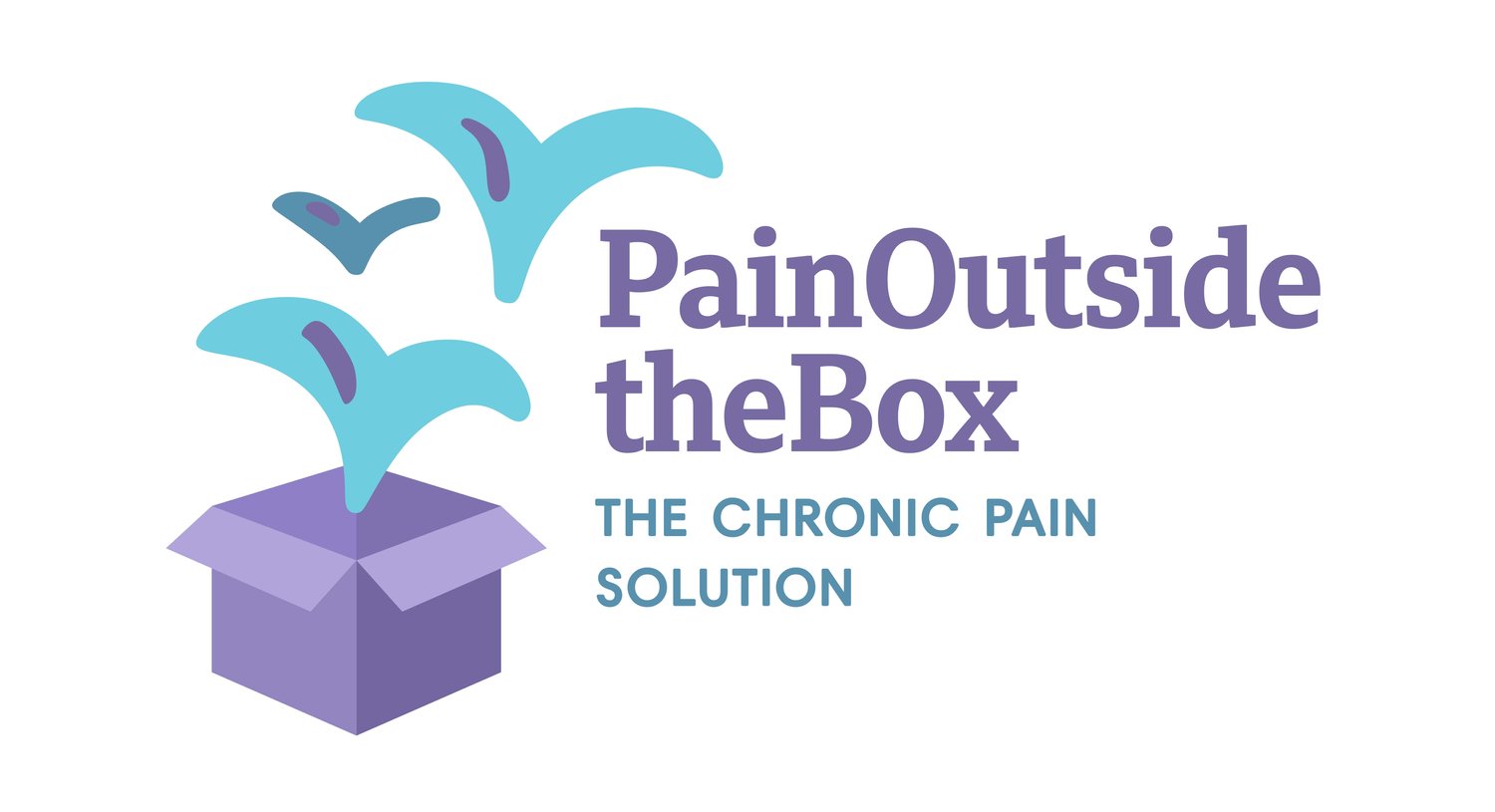When people have difficulty treating TMS, it is very likely that they are failing to successfully implement what I call the healing paradox. ‘What is this paradox?’, you might ask? In this post, I’ll attempt to explain how to cure Tension Myositis Syndrome / neuroplastic symptoms by adopting a mindset that may feel contrary to what you’ve been told to do.
So let’s dive right in to the healing paradox.
How to Treat Neuroplastic Symptoms (TMS Pain) By Employing The Healing Paradox
A lot of you are familiar with vizualisation, and how this helps make a desirable situation feel more real. What vizualisation does is trick your mind into believing that a goal is achievable, thus preparing both mind and body for the achievement of that goal. Vizualisation is a wonderful technique which works really well in sports; a lot of professionals these days are trained to vizualise their ideal performance, and those who do it successfully do indeed see results.
So the first step of the Healing Paradox is to get clear on that vision. Your mind has to believe that being pain free is possible and achievable. There are a lot of sufferers out there who are convinced that they’ve got TMS, but what they’re not at all sure of the possibility that they can overcome it.
Common Obstacles: What if it’s not working?
Lingering doubt in a mindbody diagnosis is the main culprit, as is the ego’s refusal to let go of this doubt despite all the evidence. If you find yourself constantly doubting whether your symptoms qualify as neuroplastic or not, please take a TMS / Neuroplastic Pain Assessment, or consult a physician who is informed about neuroplastic symptoms for an opinion.
Make a case for your symptoms having a mindbody dimension. This will empower you to move forward with a firmer belief that healing is possible. Remember that hundreds of people have eliminated all sorts of physical, debilitating symptoms, because the body has a natural ability to heal. It’s this belief that is needed to start unleashing the healing paradox.
Setting the right expectations
The best way to vizualise being pain free is to come up with a detailed image or mental ‘video clip’ involving yourself doing an activity that you currently cannot perform. Go through the movements and also imagine how it would feel doing that thing. Try and replay it in your mind several times so you can always refer to the same image and tune into that feeling. In my case, the visualisation used to be that of me climbing effortlessly, getting back down to the ground and realising that there is no pain. That realisation was accompanied by a feeling of triumph.
As you visualise, remember to allow the possibility that you can be pain free. Remind yourself every day that there is no reason for the pain to persist your entire life. It doesn’t make sense to visualise something that you inwardly don’t believe in, so make it believable. If you still don’t believe your visualisation on a deeper level, conjure up a different scenario (perhaps of yourself performing a different activity).
Outcome Independence
The second step to the Healing Paradox, which is to be taken after you get really clear on what you want to achieve, is to distance yourself from that ideal situation by not getting too attached to it. This is called Outcome Independence.
Buy my book to learn more
In my book, The Pain Secret, I detail the process of activating the Healing Paradox in more detail. Get it on Amazon here.
The thing is, people with neuroplastic symptoms tend to get too attached to the ideal scenario of being symptom free. This attachment causes feeling of longing for that situation, as well as great dissatisfaction with a less-than-perfect present. One of the reasons for this has to do with the fact that a lot of TMSers are perfectionists and are never satisfied unless something is exactly as they would like it to be. For this reason, once your visualisation is clear and the possibility for healing has been allowed into your brain, you have to practise letting go of your goal for the present moment. This is where the paradox lies.
Letting go and outcome independence means not caring or getting too frustrated when your symptoms manifest. It means stopping thoughts like ‘this might not work’, and questions such as ‘I wonder when the pain will stop’. It means not comparing your progress with that of others, and not getting worked up if there hasn’t been any improvement yet. This is the difficult part, where most people get stuck.
Understandably, it is difficult not to long for a pain-free scenario, and even more difficult to accept pain and not to get too upset about it. But remember, the more upset you are with any present pain, the slower your progress will be. A lot of people have gotten better after they stopped caring whether it hurt or not, while at the same time ‘trusting in the process’ of healing. Remember that this is a journey of well-being, with no specific destination. Trust in the process without getting too attached to the goal.
What to do while you wait for healing
Well, you don’t exactly ‘wait’ and do nothing. Once you’ve done and rehearsed your visualisation and also let go of your ‘ideal scenario’, you still have to apply other TMS healing techniques and stick to a couple of other principles that will promote your quick recovery. Amongst them are Dr Sarno’s 12 Daily Reminders, techniques like journalling, self-care and negating any doubts and fears as soon as they arise. Healing from TMS is hard work, and unfortunately there are many obstacles to healing. Check out my Resources for additional help, or join my Facebook Group for ongoing support from like-minded people.



